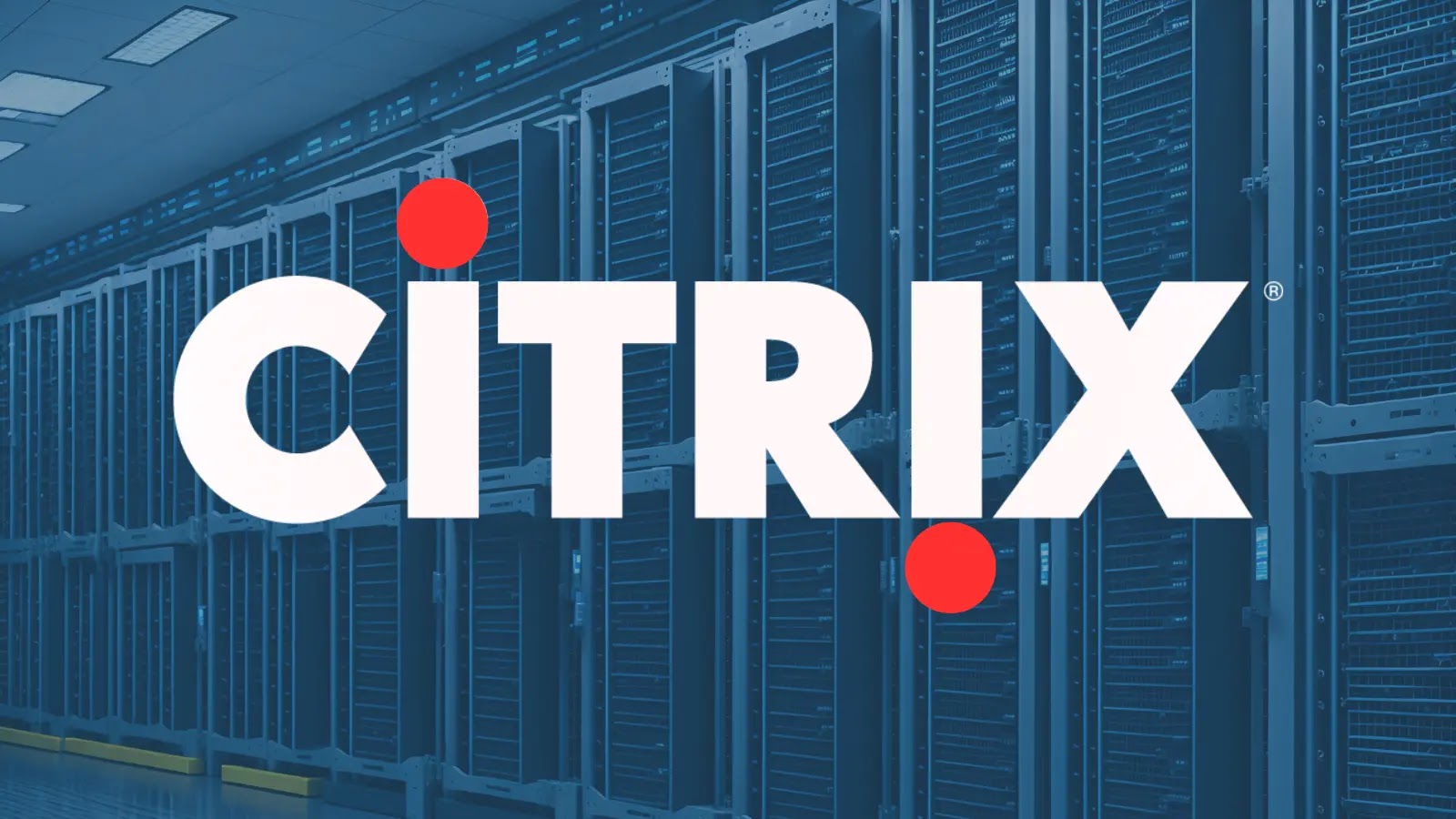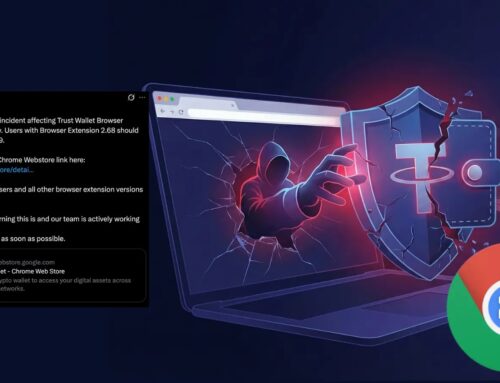
28,000+ Citrix Servers Exposed to Active 0-Day RCE Vulnerability Exploited in the Wild
Urgent Cybersecurity Alert: 28,000+ Citrix Servers Under Active 0-Day RCE Attack
The digital landscape is currently gripped by a severe and rapidly unfolding threat: a critical zero-day Remote Code Execution (RCE) vulnerability impacting over 28,000 Citrix instances globally. This flaw, actively exploited in the wild, poses an immediate and direct risk to organizations relying on Citrix solutions. The U.S. Cybersecurity and Infrastructure Security Agency (CISA) has underscored the severity, adding it to its Known Exploited Vulnerabilities (KEV) catalog, prompting an urgent call for action from IT and security teams worldwide.
CVE-2025-7775: The Exploited 0-Day Vulnerability
The vulnerability in question is tracked as CVE-2025-7775. This designation signals its inclusion in the Common Vulnerabilities and Exposures database, providing a standardized identifier for the flaw. A zero-day RCE means attackers can execute arbitrary code on vulnerable servers without prior knowledge of the system or user interaction, often exploiting weaknesses that have not yet been patched or publicly disclosed. Such vulnerabilities are highly prized by malicious actors due to their immediate efficacy and widespread impact.
For more details on CVE-2025-7775, you can monitor its entry in the official CVE database: https://cve.mitre.org/cgi-bin/cvename.cgi?name=CVE-2025-7775.
Scale of the Exposure: Over 28,000 Citrix Servers at Risk
The sheer scale of this exposure is alarming. Data from the Shadowserver Foundation, as of August 26, reveals that more than 28,000 Citrix instances are currently accessible and potentially vulnerable. This widespread exposure translates to a vast attack surface for threat actors already leveraging this RCE in their campaigns. Organizations utilizing Citrix for virtual desktops, application delivery, or remote access solutions must assume their systems are targets.
Active Exploitation and CISA’s KEV Catalog Inclusion
The most critical aspect of this alert is the confirmation of
active exploitation. Threat actors are not merely probing for this vulnerability; they are successfully compromising systems. CISA’s decision to include CVE-2025-7775 in its KEV catalog highlights the agency’s assessment of its severe and immediate risk. Inclusion in the KEV catalog mandates federal civilian executive branch agencies to remediate identified vulnerabilities within specified deadlines, setting a precedent for all organizations to prioritize mitigation efforts.
Understanding Remote Code Execution (RCE)
Remote Code Execution (RCE) is a class of vulnerability that allows an attacker to execute arbitrary commands or code on a remote computing device. In simpler terms, it grants the attacker control over the compromised system from a distance. For organizations, an RCE can lead to:
- Data exfiltration and intellectual property theft.
- Installation of malware, ransomware, or backdoors.
- Disruption of services and operational downtime.
- Complete compromise of the network, leading to lateral movement.
- Reputational damage and financial loss.
Remediation Actions and Mitigation Strategies
Given the active exploitation, immediate action is paramount. While a patch for CVE-2025-7775 is likely still under development, organizations must implement interim mitigation strategies and prepare for rapid deployment of official fixes.
Immediate Actions:
- Isolate and Patch: As soon as an official patch for CVE-2025-7775 is released by Citrix, prioritize its immediate application across all affected instances. Follow Citrix’s official guidance meticulously.
- Network Segmentation: Isolate Citrix servers and services into dedicated network segments. Limit their network access to only essential ports and protocols required for their functionality. Implement strong firewall rules.
- Restrict External Access: If possible, temporarily restrict external access to Citrix services. If remote access is critical, implement multi-factor authentication (MFA) aggressively and enforce strong password policies for all users.
- Web Application Firewall (WAF): Deploy or enhance WAF rules to detect and block suspicious requests targeting Citrix services. While a WAF might not prevent all RCE attempts, it can mitigate known exploit patterns.
- Intrusion Detection/Prevention Systems (IDS/IPS): Ensure IDS/IPS systems are updated with the latest signatures. Monitor logs for any unusual activity originating from or targeting Citrix servers. Look for unauthorized process executions or outbound connections.
- Behavioral Monitoring: Implement advanced endpoint detection and response (EDR) or security information and event management (SIEM) solutions to monitor for anomalous behavior on Citrix servers, such as unusual file access, unauthorized process creation, or privilege escalation attempts.
- Backups: Ensure recent, immutable backups of critical data and system configurations are available offline, separate from the network.
Relevant Tools for Detection, Scanning, and Mitigation
Leveraging appropriate cybersecurity tools can significantly aid in identifying vulnerable systems, monitoring for exploitation, and enhancing overall security posture during this critical period.
| Tool Name | Purpose | Link |
|---|---|---|
| Nessus (Tenable) | Vulnerability scanning for identifying exposed Citrix instances and potential misconfigurations. | https://www.tenable.com/products/nessus |
| Qualys VMDR | Comprehensive vulnerability management, detection, and response, including asset discovery. | https://www.qualys.com/vmdr/ |
| Suricata/Snort | Open-source IDS/IPS for network intrusion detection and prevention. Monitor for suspicious traffic patterns related to RCE. | https://suricata.io/ https://www.snort.org/ |
| Wireshark | Network protocol analyzer for deep packet inspection to analyze suspicious traffic flows. | https://www.wireshark.org/ |
| Security Information and Event Management (SIEM) | Centralized logging and analysis of security events for anomaly detection. (e.g., Splunk, Elastic SIEM, Microsoft Sentinel) | Vendor-specific |
| Cloudflare WAF | Web Application Firewall services to protect exposed web applications from common attacks. | https://www.cloudflare.com/waf/ |
| Local System Monitoring Tools | Monitor process execution, network connections, and file system changes on Citrix servers (e.g., Sysmon). | https://docs.microsoft.com/en-us/sysinternals/downloads/sysmon |
Conclusion: Stay Vigilant, Act Decisively
The active exploitation of CVE-2025-7775 in Citrix environments represents a high-stakes challenge for cybersecurity professionals. The urgency of this situation cannot be overstated. Organizations must not only await vendor patches but also proactively implement robust network segmentation, access controls, and comprehensive monitoring. Continuous vigilance, rapid response, and proactive security measures are the only way to mitigate the significant risks posed by this ongoing 0-day RCE campaign.





